Crop Report
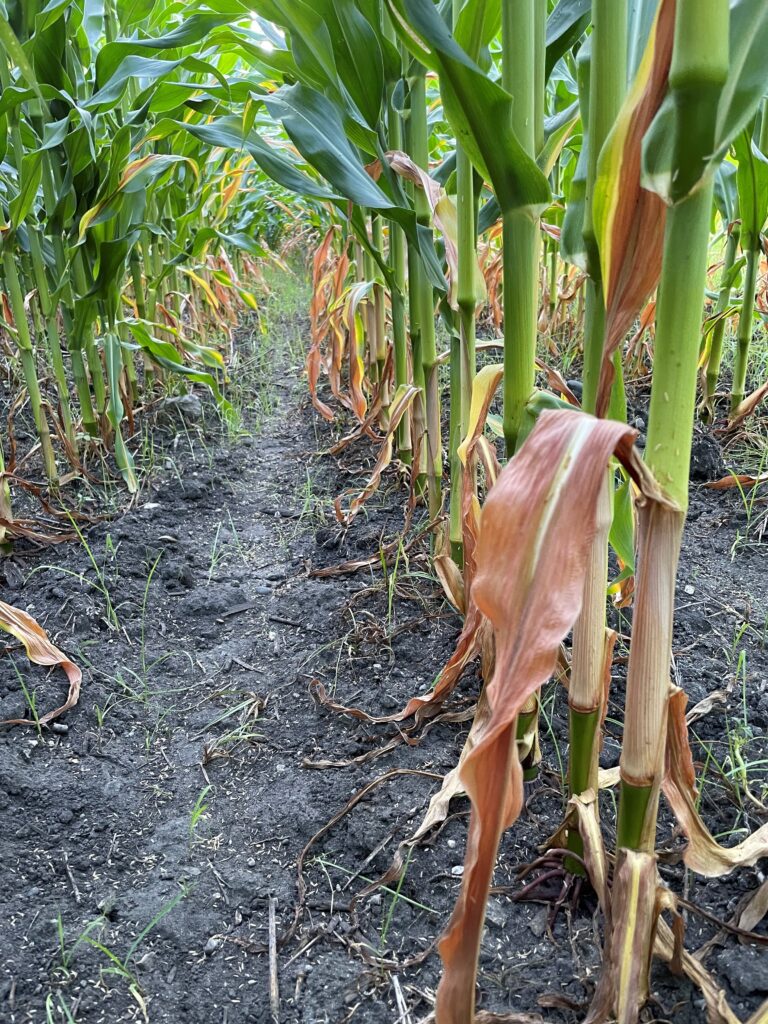
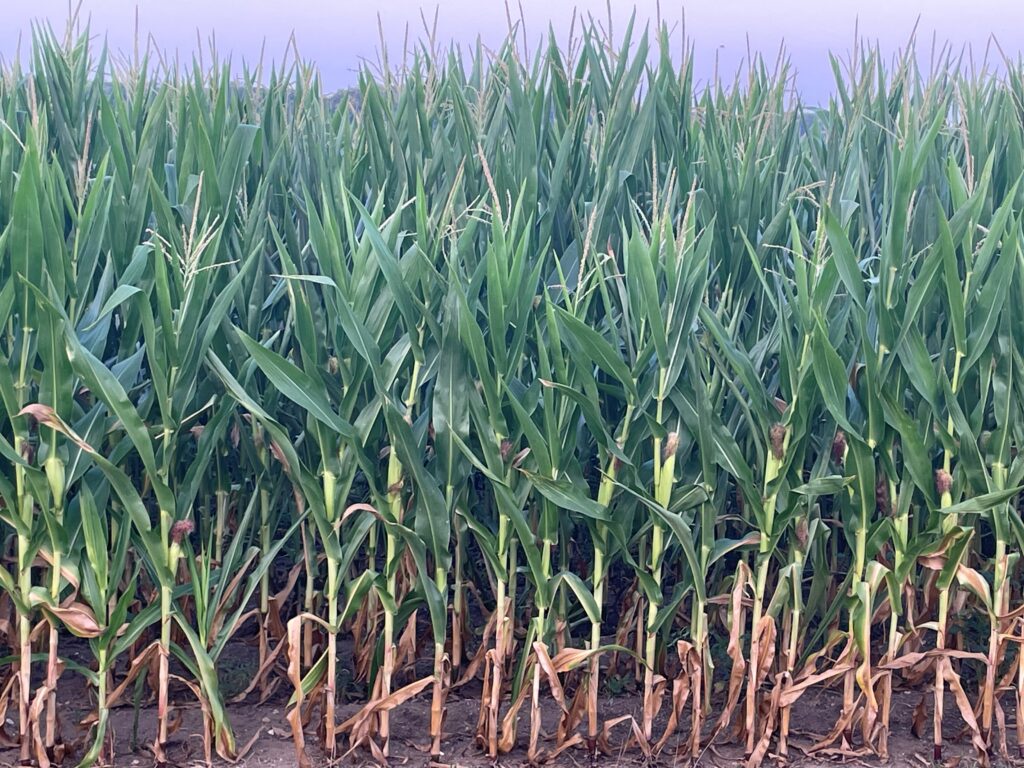
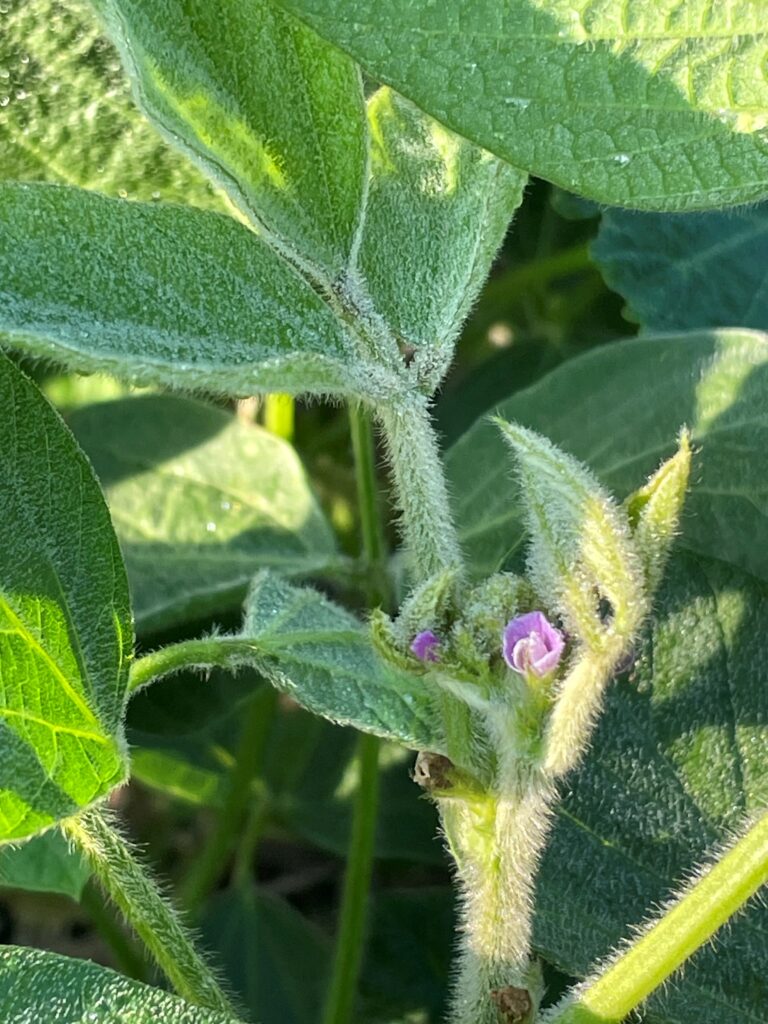
For a more upbeat report, I would encourage you to read my coworker Steve Brand’s report. Last week, in the area Steve covers in Northern Illinois, many fields received between 3 and 5 inches of rainfall. In areas including Kendall, Grundy, and Will, the rainfall totals measured in tenths. As many corn fields are at or nearing VT and R1 (tassel and silk stage), an expected result of the moisture stress is kernel abortion. Moisture stress at this time can interfere with pollen shed and silking synchronization. In addition, high temperatures coupled with low humidity can desiccate exposed silks.
Can farmers evaluate the pollination process? After successful pollination and fertilization of the ovules, the silk will detach from the developing kernel. Evaluating pollination success can be done with the ear “shake test.” Carefully unwrap the husk and gently shake the ear; the silks from the fertilized future kernels will readily drop off.
As long as we have kernels and green tissue for photosynthesis, we can remain hopeful for the corn crop. Our soy crop, while visibly shorter this year in the dry fields, can recover more readily if forecast moisture alleviates growing conditions in this area.

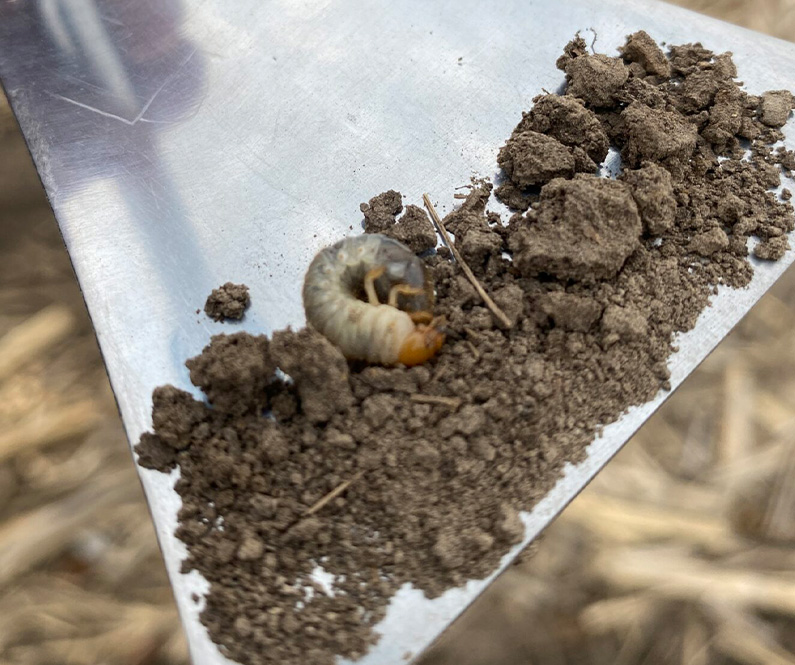
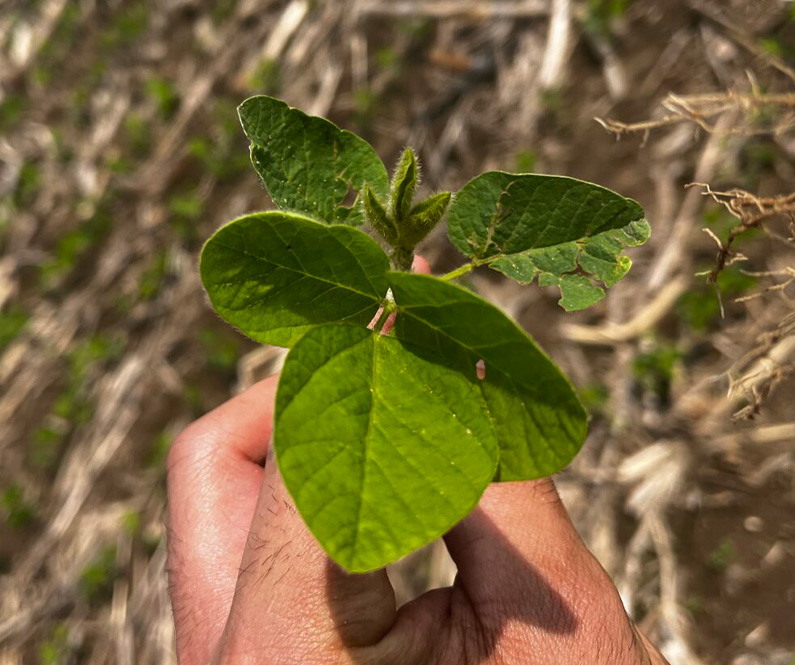
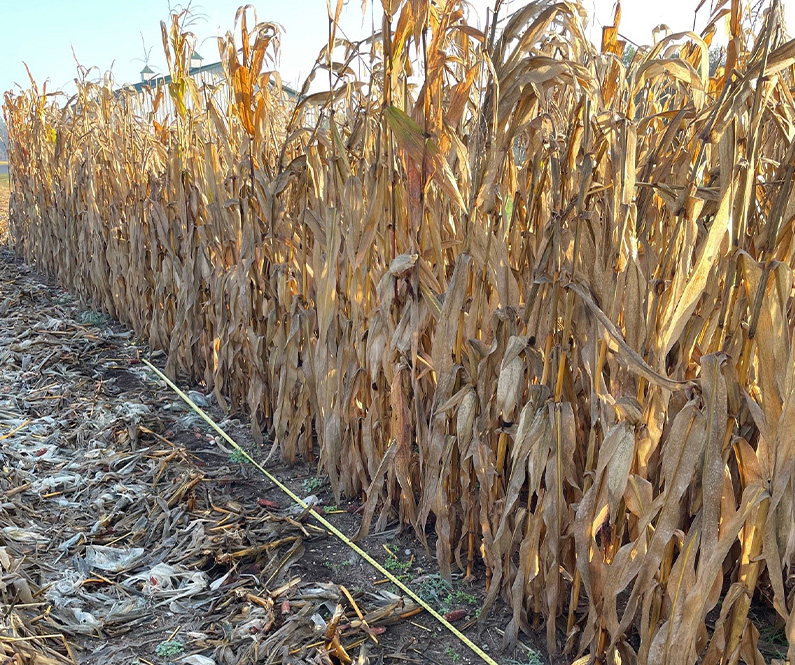


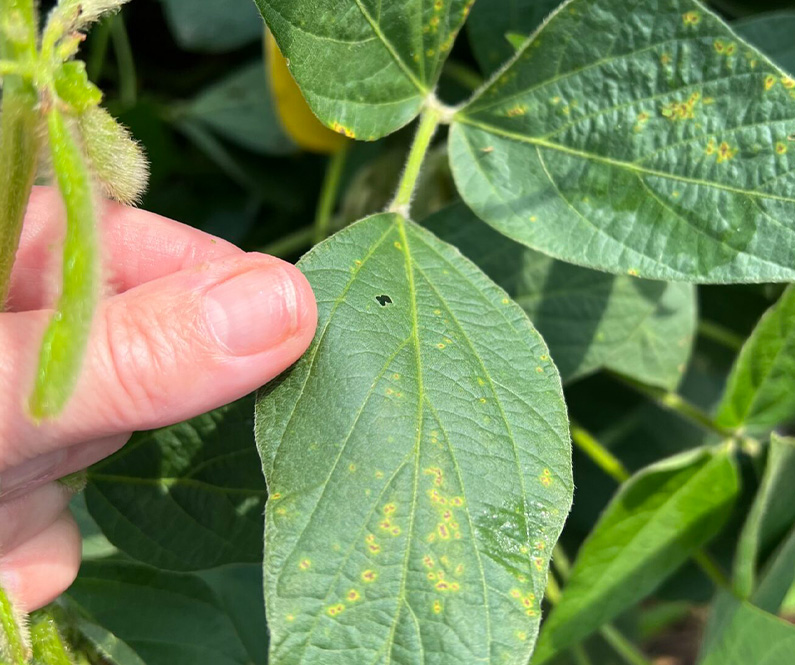
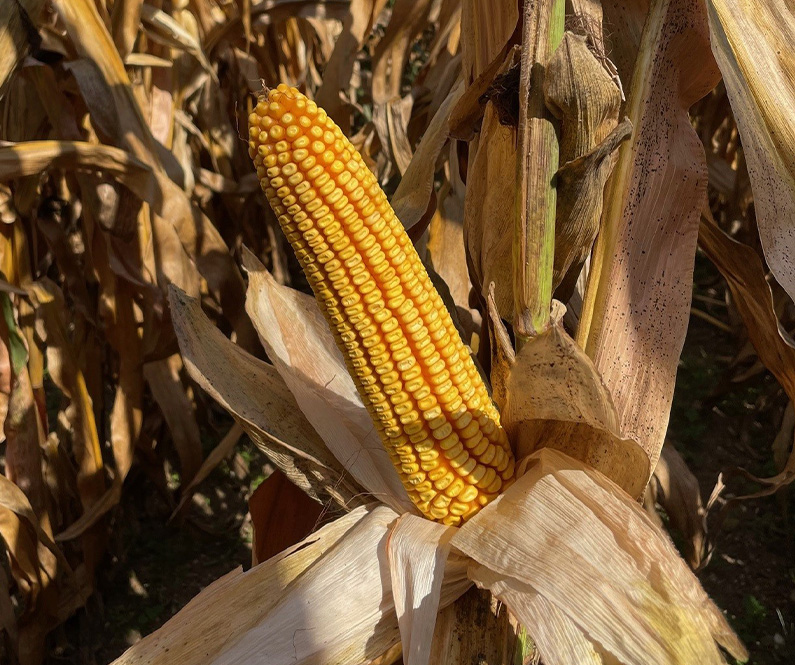
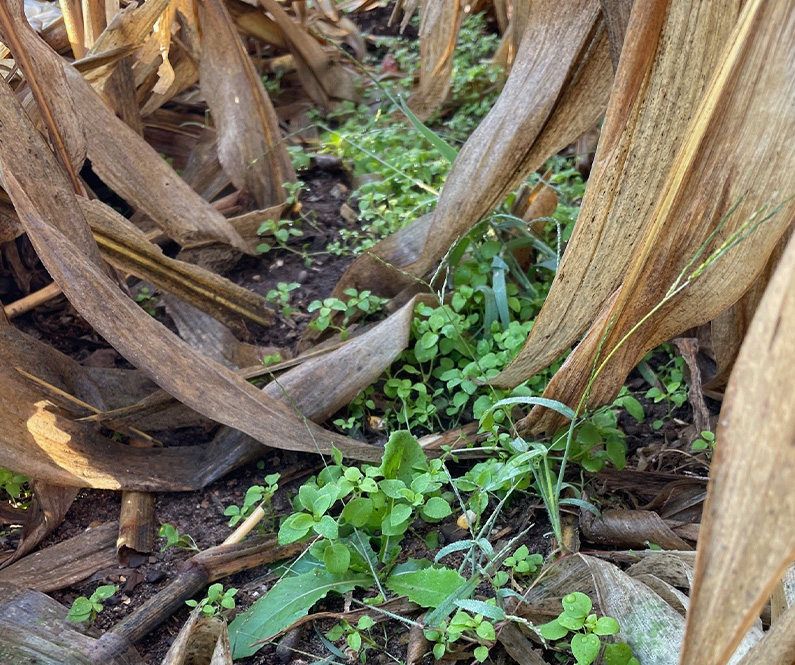
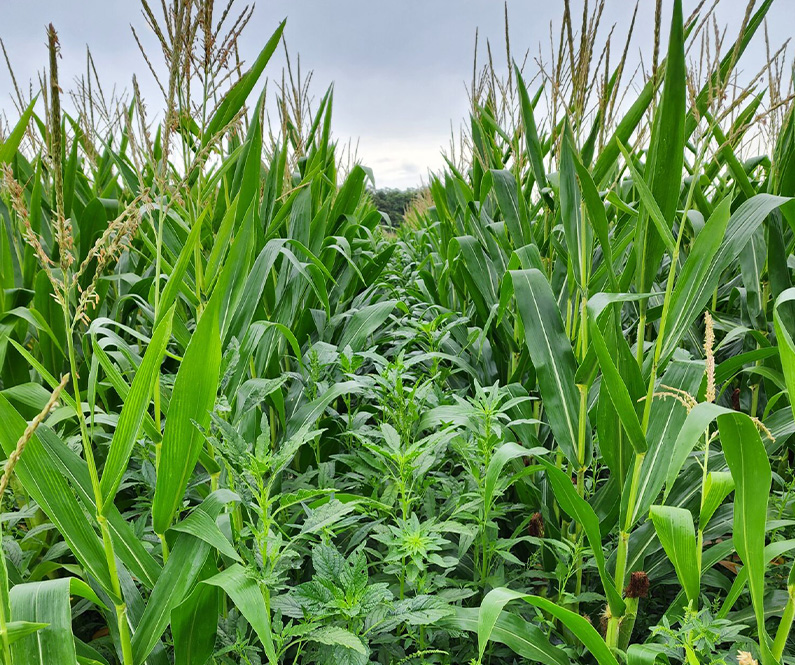


 and then
and then